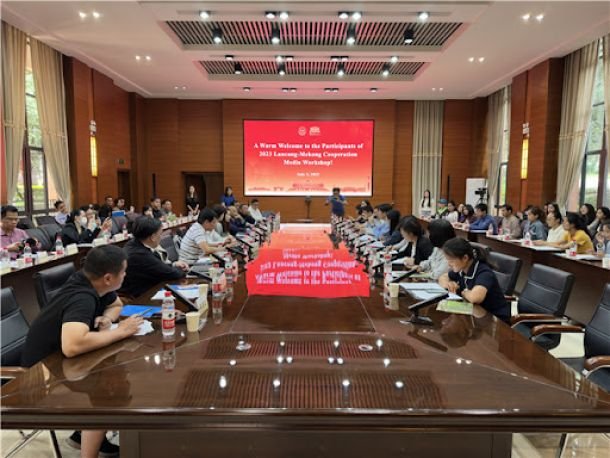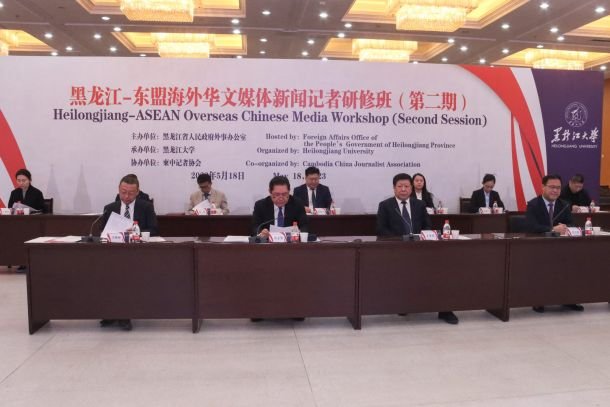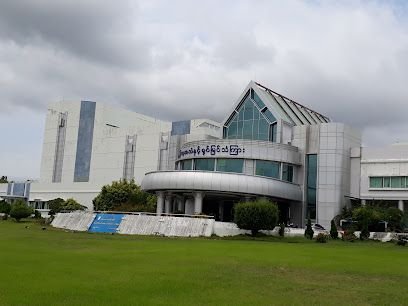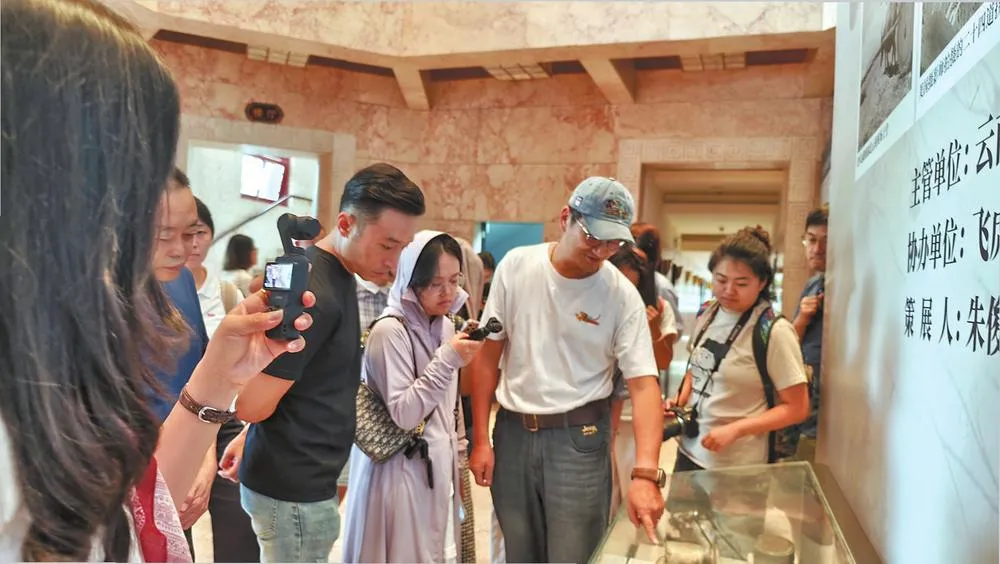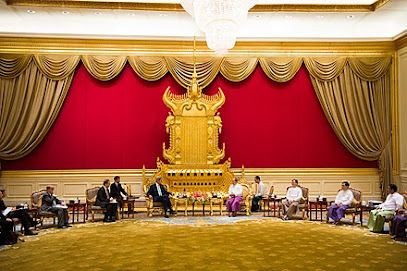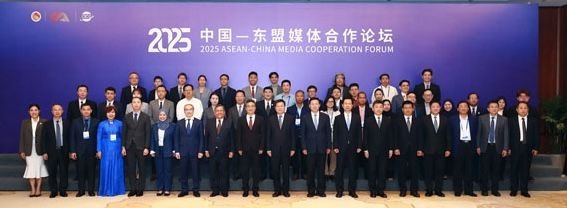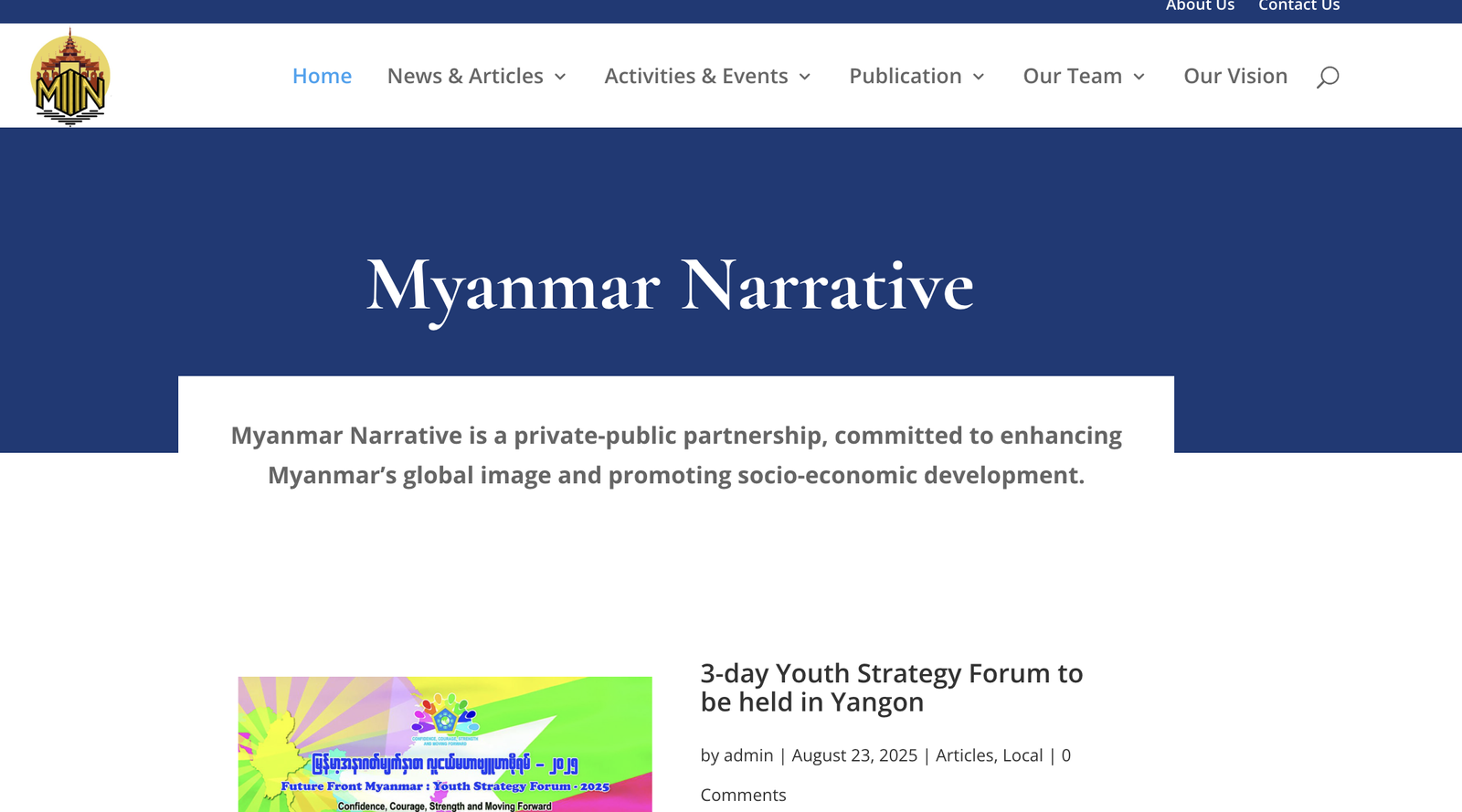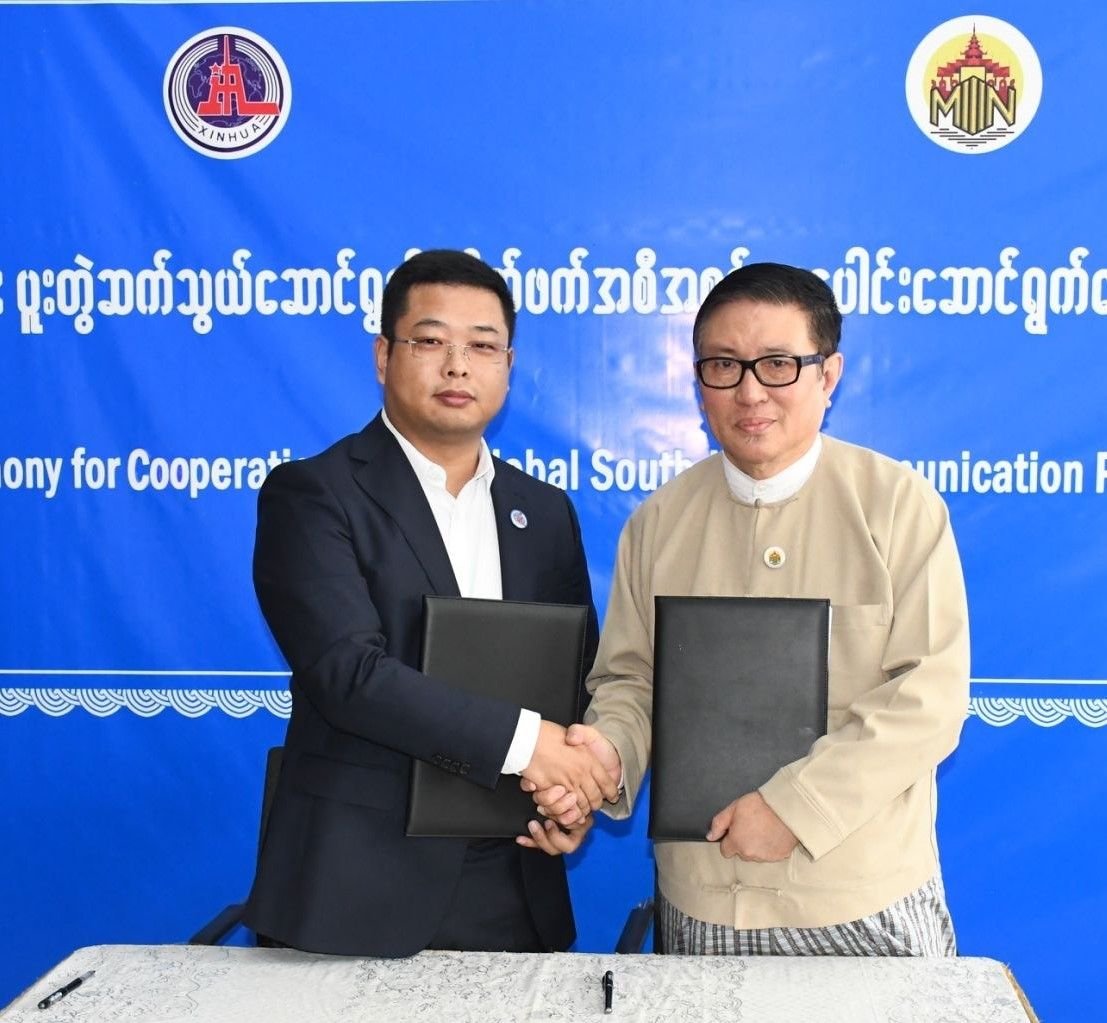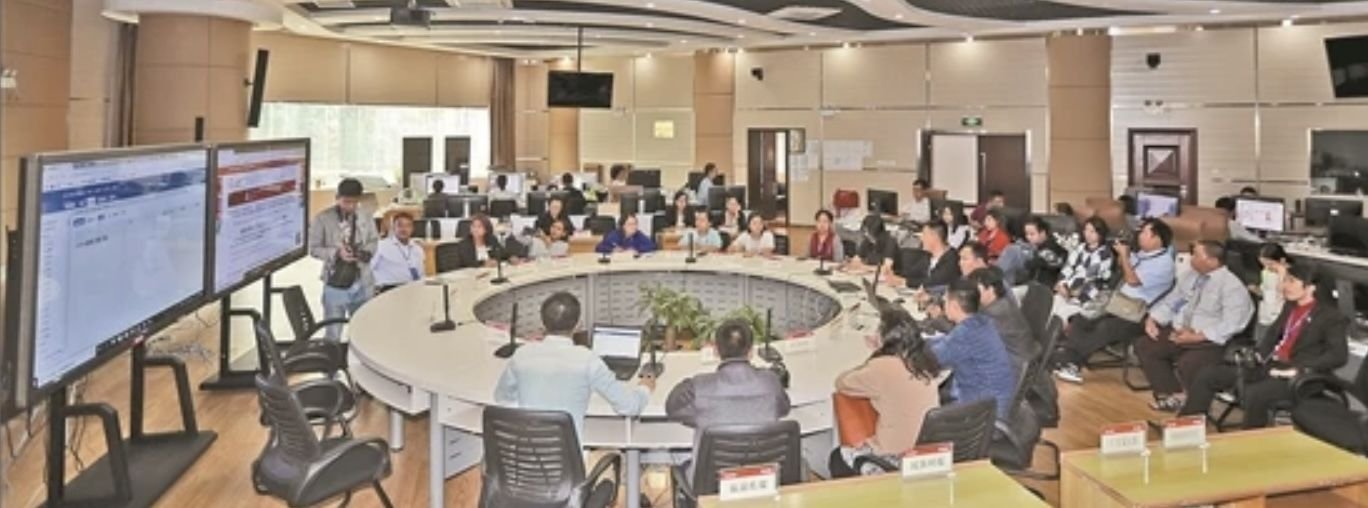Myanmar
Sinosphere
According to various estimates, including those of China’s Ministry of Foreign Affairs, ethnic Chinese in Myanmar comprise about three percent of the country’s total population of around 55 million — making for a relatively diverse community of around 1.65 million. Sino-Burmese come from multiple dialect groups having distinct settlement patterns in various historical periods. The largest subgroups are Cantonese, Hokkien and Hakka who make up an older and more established Sino-Burmese community and account for around 45 percent of the ethnic Chinese population. As Sino-Burmese trade has accelerated, this has brought new waves of overland Chinese immigration concentrated in the northern Shan and Kachin States, with populations that often cross back and forth between Myanmar and China from the neighboring province of Yunnan. This more recent migration has in particular reshaped demographics in the city of Mandalay, the country’s second largest.
Over the past seven decades, the Sino-Burmese community has faced significant upheavals that have shaped its current character. The 1962 military coup led by General Ne Win dealt a devastating blow to the Chinese community through widespread nationalization of property and businesses, which particularly affected Chinese merchants who had played a prominent role in Myanmar’s economy. Chinese schools were shuttered, and the community was prohibited from speaking their native languages, forcing families to send children to Burmese public schools offering no accommodation for preserving Chinese culture. The trauma deepened during the 1967 anti-Chinese riots in Yangon’s Chinatown, with widespread looting and burning of shops. In one horrific incident that year, students were killed when their school in Latha Township west of downtown Yangon was set ablaze.
By some accounts, tensions between the Yunnanese and the majority Burman population have intensified since Myanmar’s 1988 economic opening. In Beyond Borders, her ethnographic account of Chinese in Myanmar, the scholar Wen-Chin Chang wrote that many Yunnanese interviewees portrayed Burmese — whom they referred to as laomian, or “old Burmese” — as indolent and untrustworthy. Conversely, she said, Burmese increasingly view relative newcomers from Yunnan as opportunists who accumulated wealth either early on through collaboration with ethnic insurgents during the socialist period, or subsequently with corrupt state agents. This mutual suspicion, says Chang, reflects deeper xenophobic tensions, with anti-Chinese sentiment growing and appearing regularly in Myanmar’s media and academic discourse.
Chinese-language media development has been severely constrained by political instability since the 1962 coup, with the Golden Phoenix (金鳳凰報) — which openly declares its penchant for “positive news about Myanmar” that serves “Chinese friendship” and “positive energy about China” — serving as the only Chinese-language newspaper officially recognized by Myanmar’s Ministry of Information since its establishment in 2007. While Chinese-language education faced severe restrictions under military rule through to 2011, recent years have seen a resurgence of interest in Mandarin learning, reflecting both economic opportunities and renewed cultural connections with China.
Climate & Challenges
Journalism and media in Myanmar face one of the world’s most severe crackdowns on press freedom, following the military coup of February 1, 2021. In 2025, Myanmar dropped to 169th place out of 180 countries in RSF’s World Press Freedom Index, making it one of the most dangerous places for journalists globally. According to the Committee to Protect Journalists (CPJ), Myanmar ranks among the world’s worst jailers of journalists.
The military junta has systematically dismantled Myanmar’s media landscape through a comprehensive legal framework designed to silence dissent. Central to this repression is Section 505A of the Penal Code, which the military unlawfully amended after the coup to criminalize “fake news” and “incitement” against the military. This vaguely written provision has been used to criminalize nearly 4,0000 individuals through arrest warrants, detentions, charges, or sentences, according to the organization Free Expression Myanmar — though experts estimate the actual number could be as high as 10,000. The junta also employs Section 66(d) of the Telecommunications Law, which provides for up to two years in prison for anyone who “defames” any person using a telecommunications network. Additional repressive measures include expanded definitions of high treason and sedition under Sections 121 and 124A, creating what legal experts describe as an attempt to provide legal cover for widespread rights violations.
The coup obliterated the fragile progress toward press freedom that had emerged since 2011, when the country embarked on a four-year period of political reforms that briefly brought greater recognition internationally for Myanmar and hopes for social and political progress. Within just three months following a military coup in February 2021, at least 76 journalists had been arbitrarily arrested, of which 43 remained in detention. Several of these journalists later received lengthy prison sentences. They included Sai Zaw Thaike, a photojournalist for Myanmar Now who was handed a 20-year sentence on multiple charges. By the middle of 2021, the military leadership had revoked the licenses of nearly every independent news outlet in the country, including prominent organizations such as Myanmar Now, the Democratic Voice of Burma, Mizzima, 7Day News, and Khit Thit Media.
The years since have brought further pressure and violence. During a military raid in 2024, two freelance journalists, Htet Myat Thu (28) and Win Htut Oo (26), were shot dead.
Media-Related Legislation in Myanmar
| Legislation | Chinese | Purpose |
|---|---|---|
| Official Secrets Act 1923 | 官方機密法令1923年 | Colonial-era law criminalizing the sharing of almost any government information. Used extensively to prosecute journalists and activists for possessing or publishing official documents, carrying a maximum penalty of 14 years imprisonment. |
| Telecommunications Law 2013 | 電信法2013年 | Section 66(d) prohibits using telecommunications networks to “extort, defame, disturb or intimidate,” widely used to prosecute online expression and criticism. Includes vague language that allows arbitrary enforcement against journalists and activists. |
| News Media Law 2014 | 新聞媒體法2014年 | Officially abolished pre-publication censorship but contains vague provisions about journalist rights. In practice, provides limited protection for media practitioners and is subject to military court jurisdiction in areas under martial law. |
| Electronic Transactions Law | 電子交易法 | Regulates digital communications and online activities. After the 2021 coup, amended to give military authorities expanded powers to monitor and prosecute online expression, including provisions against “fake news” and unauthorized digital content. |
| Printing and Publishing Enterprises Law 2014 | 印刷出版企業法2014年 | Originally designed to liberalize print media by eliminating pre-publication censorship. However, 2023 amendments by the military junta strengthened government control, allowing the Ministry of Information to ban publications and confiscate materials without due process. |
Beyond arrests and closures, the junta has implemented comprehensive digital censorship measures. In May 2024, the government instructed service providers to block VPNs and major social media platforms including WhatsApp, X, and Instagram, “effectively preventing people from being able to access websites and platforms blocked and limiting their ability to access necessary and reliable information,” according to Freedom House. Myanmar had the most internet shutdowns across the world in 2024, according to a report by digital rights group Access Now. In January 2025, the military enacted a new cybersecurity law banning VPN usage entirely.
Despite these draconian measures, independent media outlets continue operating in exile or underground, though they face severe economic and security challenges. According to a 2021 report from the United Nations, citing domestic media outlets, reporting had become so dangerous in Myanmar that “merely taking photos with a phone in sight of security forces from one’s own balcony could lead to arrest or a fatal shot being fired.” Beyond active repression, the junta has resorted to propaganda and disinformation, even launching its own social media platforms, MTube and OKPar, in an effort to compete with international social media. The regime has also sought, according to a 2024 report by the independent Mizzima Media, to discredit independent journalism through disinformation campaigns.
Internet shutdowns have become a routine tool of repression, affecting millions of users across the country. Authorities in Myanmar have frequently enforced short-term, localized shutdowns on internet access to prevent the opposition from organizing or sharing information about atrocities. These shutdowns, combined with price increases on services imposed by the military, have forced poorer people in Myanmar to reduce or altogether stop their internet usage.
The deteriorating situation has forced most independent media organizations to relocate abroad or cease operations.
Top Social Media and Messaging Platforms – Myanmar
Myanmar’s digital landscape is dominated by Facebook, with growing adoption of messaging apps due to internet restrictions and privacy concerns.
| Rank | Platform | Active Users (millions) | Population Share (%) |
|---|---|---|---|
| 1 | 18.5 (-2.1) | 33.8% | |
| 2 | Facebook Messenger | 19.0 (-1.1) | 34.7% |
| 3 | TikTok | 16.0 (+3.0) | 29.2% |
| 4 | YouTube | 12.0 (+1.5) | 21.9% |
| 5 | Telegram | 6.0 (+2.5) | 11.0% |
| 6 | Viber | 5.0 (-1.0) | 9.1% |
| 7 | Instagram* | 1.5 (-0.3) | 2.7% |
| 8 | 1.0 (+0.1) | 1.8% |
Domestic Chinese-Language Outlets
Myanmar’s Chinese-language media landscape is dominated by Golden Phoenix News (金鳳凰報), the country’s only Chinese media outlet with a legal publishing license. Approved by Myanmar’s Ministry of Information and founded in 2007, the newspaper has evolved from a monthly to a weekly publication distributed across major cities with significant Chinese populations. The outlet claims to reach “tens of thousands” of readers through supermarkets, Chinese restaurants, and community organizations. The outlet’s affinity with the PRC government is unmistakable, its “friendship links” (友情鏈接) in the footer of the website including links to China’s embassies and consulates as well as to news sites linked to the United Front Work Department of the CCP, including Chinaqw.com (中国侨网) and China News Service. Beyond local news coverage, Golden Phoenix News features sections including “Taiwan News” and “Cross-Strait Focus” that push China’s territorial claims over Taiwan and well as other positions of the CCP leadership.
In the digital sphere, the Myanmar Chinese Network (緬華網), established in 2007, was Myanmar’s only Chinese website at the time. Originally created as a blog, the platform transitioned to a formal website in 2010 following Myanmar authorities’ blocking of all blogs on January 6, 2010, receiving support from Xiamen University’s Overseas Education College. Despite its claimed status as Myanmar’s earliest Chinese website, the network maintains modest social media engagement with 3,800 Facebook followers and fewer than 56,000 followers on China’s WeChat platform.
Social media platforms have spawned newer Chinese-language outlets targeting Myanmar audiences. The Myanmar Chinese Network (緬甸中文網), a website and mobile app operated by China-Myanmar Cultural Communication (Guangzhou) Co., Ltd. (中緬文化傳播廣州有限公司), had gathered just over 75,000 followers on its Netease account by July 2025. In a highly suspect leadership board by the CCP’s United Front Work Department ranking overseas Chinese new media, the site was ranked 26th globally in 2022. The ranking itself suggests the site likely has UFWD affiliation, and is part of PRC efforts to influence the diaspora community in Myanmar. The Guangzhou company also operates Voice of Myanmar (緬甸之聲) with approximately 190,000 followers. The majority shareholder of China-Myanmar Cultural Communication is Zhang Guodong (张国栋), who has taken part in several events organized by the UFWD — including a 2023 junket to Xinjiang arranged to “gather overseas Chinese hearts” and counter allegations of human rights abuses there — and affirmed in the pages of the CCP’s People’s Daily his role in taking “China’s story” to the world.
Pauk Phaw (胞波網), or “Baopu Network,” is a bilingual financial and cultural news outlet founded in 2015. The site describes its mission as promoting “pauk phaw” (brotherly) relations between the Myanmar and Chinese peoples, operating both Chinese and Burmese-language versions along with multiple WeChat channels. Based in Kunming, the capital of the neighboring Chinese province of Yunnan, the outlet’s location suggests direct operational ties to Chinese authorities.
Central-level state media from the PRC maintain a presence through Xinhua News Agency, CCTV, China Radio International, and Guangming Daily, alongside regional CCP-run outlets like Yunnan Television and Yunnan Daily, all of which have correspondents stationed in Myanmar. China Radio International operates both a Burmese website as well as a Facebook page with 1.9 million followers. Another Chinese state-run outlet is the Chinese-language magazine Jixiang (吉祥), established in 1992 under China’s State Council Information Office supervision.
Lines of impact and engagement
China has maintained a strong influence in recent years over Myanmar’s media landscape through a variety of means, including state media outreach, economic dependencies, direct engagement, and strategic support for the military junta — though this influence has been curtailed and problematized by frequent anti-Chinese sentiment. In 2023, China made a broader strategic shift from condemning the 2021 military coup to actively supporting the junta through economic investment and diplomatic engagement.
Anti-Chinese protests erupted in May 2023, reflecting mounting resentment toward Chinese investments and Beijing’s backing of the military regime, while Myanmar’s parallel National Unity Government has declared Chinese investments illegal and resistance groups have called for boycotts of Chinese products.
Despite China’s diplomatic efforts, including President Xi Jinping’s 2020 state visit to Myanmar—the first by a Chinese leader in nearly two decades—the relationship remains complicated. Many Myanmar locals view China as “plundering natural resources,” while Chinese companies are often criticized for lack of transparency and insensitivity to local communities, creating a complex backdrop for Chinese media operations.
Chinese state outlets, particularly Xinhua News Agency and China Radio International, have established Burmese-language content operations (Xinhua Myanmar and CRI Myanmar). However, in what perhaps cautions against the assumption that presence equals influence, Xinhua Myanmar and CRI Myanmar seem to have achieved only low levels of engagement, the former logging less than 1,000 views on the entire site from June 15-July 15, 2025.
Soft Ties and Sympathies
The relationship between Myanmar’s Chinese-language and other media and the PRC government operates within the highly constrained environment outlined above, characterized by decades of political repression and a homogenous and highly-controlled domestic press that is vulnerable to editorial alignment with Chinese government positions. At Chinese-language media in particular, subtle forms of cultural affinity as well as direct government connections, adding to significant economic pressures, can influence coverage decisions — particularly in avoiding criticism of Beijing’s policies on sensitive issues.
Myanmar Press Freedom Timeline
Six Decades of Military Control and Resistance
Military Coup Ends Press Freedom
Legal Foundation:
- 30 daily newspapers reduced to just 8 by 1988
- Press Scrutiny Boards created to review all content
- Independent media outlets forced to close permanently
Censorship Officially Begins
Complete Control:
- Press Scrutiny and Registration Division established
- 48-year period of systematic censorship begins
- Media becomes state propaganda mouthpiece
Historic Censorship Lifted
Media Revival:
- Press Scrutiny and Registration Division dissolved
- Independent publications return to newsstands
- Images of Aung San Suu Kyi appear on front pages
Private Daily Newspapers Return
Historic Reopening:
- First private dailies in nearly 50 years
- Exile media groups return to operate domestically
- Myanmar Press Council established for self-regulation
News Media Law Enacted
Legal Protection:
- Formal prohibition of media censorship
- Myanmar Press Council gains regulatory powers
- Mediation process established for media disputes
Reuters Journalists Imprisoned
International Outrage:
- Convicted under colonial-era Official Secrets Act
- Police officer admits to entrapment in court
- Aung San Suu Kyi defends the arrests publicly
Military Coup Destroys Press Freedom
Immediate Crackdown:
- Facebook, Twitter, and Instagram blocked nationwide
- State of emergency declared on military TV
- 10 years of press freedom progress wiped out
Independent Media Outlets Banned
Media Blackout:
- DVB, Myanmar Now, Mizzima, 7Day News banned
- Kamayut Media co-founders arrested during raid
- Independent journalism forced underground
First Journalist Killed in Custody
Deadly Escalation:
- 26 journalists confirmed imprisoned by year-end
- Myanmar becomes world’s second-worst jailer of journalists
- Torture and beatings reported in detention centers
Three Years of Systematic Repression
Current Status:
- 206 total arrests from nearly 100 media outlets
- 5 journalists killed, 31 women reporters detained
- Independent media operates only in exile or underground
Beyond direct media influence, China has cultivated soft ties through cultural programming and educational exchanges that create informal networks of influence. These include cultural festivals like Spring Festival celebrations and China-Myanmar cultural exchange weeks, and a language training program for Burmese officials initiated in 2015, creating professional and personal connections that subtly shape media coverage and public discourse.
Hard Approaches
In recent years, the PRC has worked to foster closer relationships with Myanmar’s media landscape through two primary dimensions. The first and most active dimension is direct state engagement with media organizations, including both executives and editorial teams. Chinese diplomatic engagement with Myanmar media has been extensive and systematic. Between 2012-2021, Chinese ambassadors personally visited major media outlets including Myanmar Times (缅甸时报), Voice Daily (声音日报), Yangon Media Group (仰光媒体集团), and Glory Media Group (荣耀媒体集团), with Ambassador Yang Houlan (杨厚兰) explicitly telling media representatives that “media friends will make their own positive efforts to promote China-Myanmar relations.”
The Chinese Embassy has regularly hosted media tea parties and press conferences, including a major China-Myanmar Media Tea Party in 2019 that brought together over 50 participants from both Chinese and Myanmar media outlets to discuss the Belt and Road Initiative and China-Myanmar Economic Corridor.
The second dimension is cooperation and engagement by PRC state media such as Xinhua News Agency and China Radio International (CRI) with Myanmar domestic media outlets — including visits, training sessions, content sharing and partnerships. China News Service offered Myanmar Golden Phoenix access to ASEAN financial wire services and customized news packages covering politics, economics, culture, and sports. Since 2013, Yunnan Daily has published a weekly “Beautiful Yunnan” supplement distributed with Myanmar Golden Phoenix, while China has established systematic training programs through the “Overseas Chinese Media Advanced Training Program,” with Myanmar Golden Phoenix participating most frequently among Myanmar outlets. These programs bring media executives to Beijing to visit People’s Daily, ByteDance (TikTok), and other major Chinese media companies.
Additionally, China has created specialized training initiatives for Myanmar journalists, and established the China-Myanmar Media Dual City Forum in 2019, which aimed to create a permanent “China-Myanmar Media Alliance” with secretariat offices in Kunming. The state-run media conglomerate China Media Group (CMG), directly under the CCP’s Central Propaganda Department, hosted a state-to-state media event in December 2023 with many Burmese media along with the country’s Ministry of Information. In September 2024, Myanmar journalists visited Beijing and several state-run media outlets including Chongqing Broadcasting Group. China has also established film and television cooperation, including China International Radio’s establishment of a China-Myanmar film translation base in Myanmar in 2016, facilitating the dubbing and distribution of Chinese content to Myanmar audiences.
For examples of the various forms of cooperation and engagement between China and Myanmar media and media-related organizations, see our Activity Reports for Myanmar.




